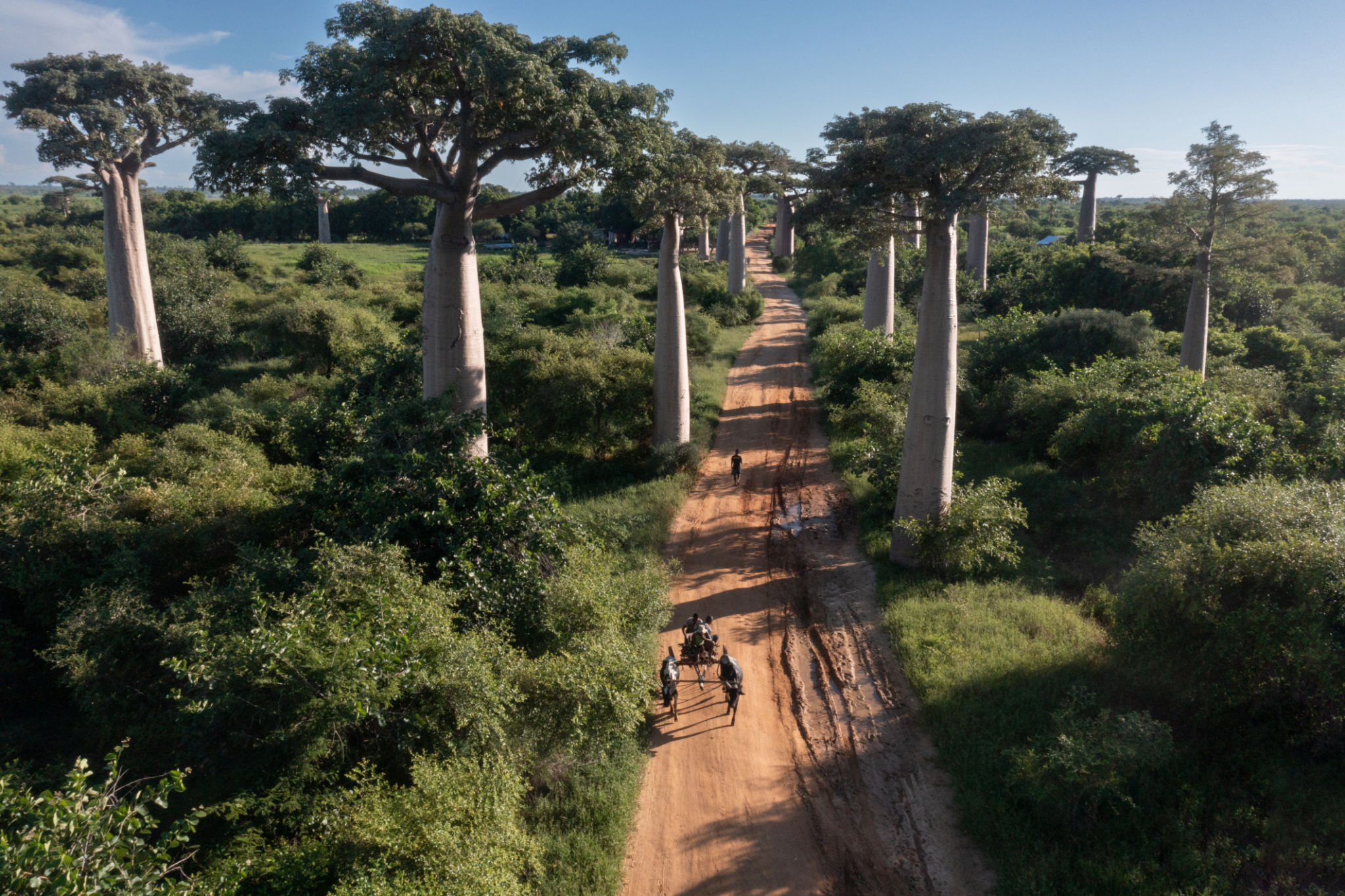The Best Time to See Baobabs in Madagascar
Discovering the Unique Beauty of Baobabs
Madagascar, the world’s fourth largest island, is home to some of the most peculiar and fascinating flora and fauna. Among its natural wonders, the baobab trees stand out as iconic symbols of the island's unique biodiversity. These ancient trees, with their thick trunks and sparse foliage, offer a surreal landscape that attracts nature enthusiasts and photographers from around the globe.
The best time to experience the majesty of baobabs in Madagascar is crucial for planning your visit. Understanding the seasonal changes and timing your trip accordingly can enhance your experience and ensure that you capture the baobabs in their full glory.

When to Visit for Optimal Viewing
To witness the baobabs in their most picturesque state, the dry season, which spans from May to October, is the ideal time to visit Madagascar. During these months, the weather is relatively cooler and drier, providing clear skies and perfect lighting conditions for photography.
Visiting during the dry season not only ensures better weather but also allows travelers to explore other natural attractions in Madagascar without the hindrance of rain. The lack of heavy rainfall means less mud and easier access to remote areas where these magnificent trees thrive.
Why Avoid the Rainy Season?
From November to April, Madagascar experiences its rainy season. During this period, heavy rains can make travel difficult, with some roads becoming impassable. Additionally, the increased humidity and cloud cover can obscure views and affect visibility.

Experiencing Baobab Avenue
One of the most famous locations to admire baobabs is the Avenue of the Baobabs, located in the Menabe region near Morondava. This dirt road flanked by towering baobab trees offers a breathtaking view, especially during sunrise and sunset when the golden light casts long shadows and highlights the trees' peculiar shapes.
Travelers often find that visiting Baobab Avenue in the early morning or late afternoon provides a more serene experience, with fewer crowds and softer lighting for photography. The site is easily accessible during the dry season, ensuring a hassle-free journey.

Other Baobab Hotspots
Besides Baobab Avenue, there are other locations where you can admire these natural wonders. The Tsimanampetsotsa National Park and Kirindy Forest are excellent spots for those looking to explore diverse ecosystems alongside baobabs. These areas offer opportunities to see wildlife such as lemurs and birds, adding another layer of adventure to your trip.
For a more immersive experience, consider guided tours that include historical and cultural narratives about the significance of baobabs to local communities. These tours often provide insights into conservation efforts aimed at preserving these ancient trees for future generations.
Creating Lasting Memories
Whether you're an avid photographer or a casual traveler, visiting Madagascar's baobabs promises unforgettable memories. The unique landscape, combined with the island's rich biodiversity, makes for an extraordinary adventure that's both educational and inspiring.
By choosing the right time to visit and exploring various locations across Madagascar, you can fully appreciate the grandeur of these iconic trees. Remember to respect local customs and engage with communities that have lived harmoniously with baobabs for centuries.

Planning your trip around the best time to see baobabs will not only enhance your experience but also contribute to sustainable tourism practices that support conservation efforts. So pack your camera and sense of adventure for an unforgettable journey through Madagascar's enchanting landscapes.
